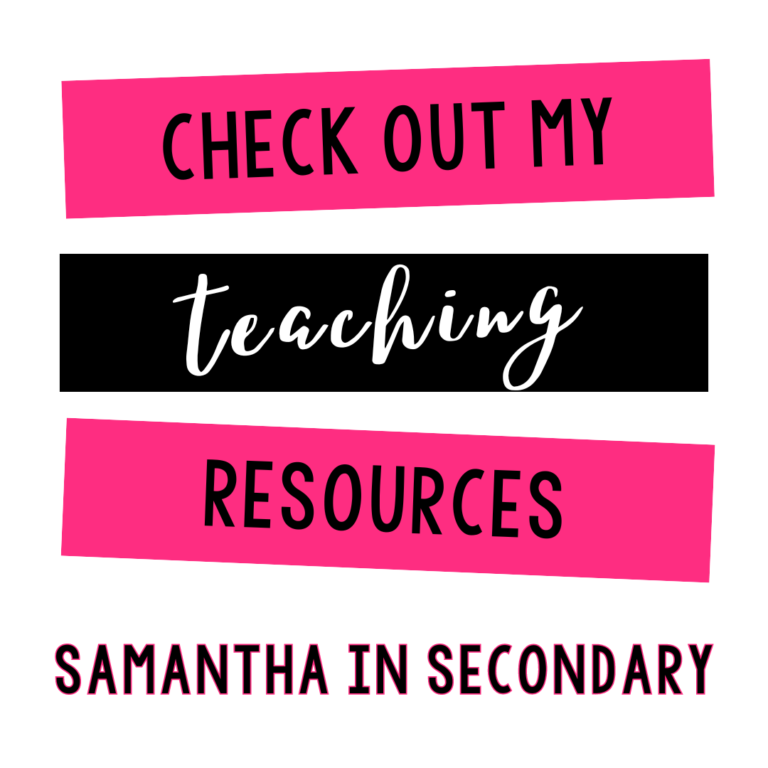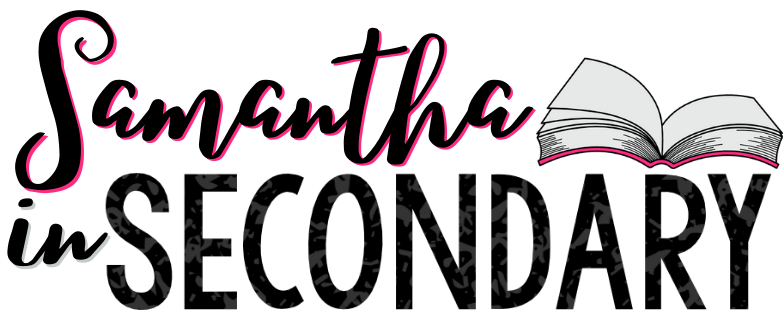Welcome!
This podcast has been on my heart for a few years and I’m so excited to finally be able to bring it to you now. I’ve been working hard to plan episodes and create content that I know is going to help you nurture a love of reading with your students. I have so much to share and I’m confident that these episodes are going to be both helpful and relevant to your practice.




